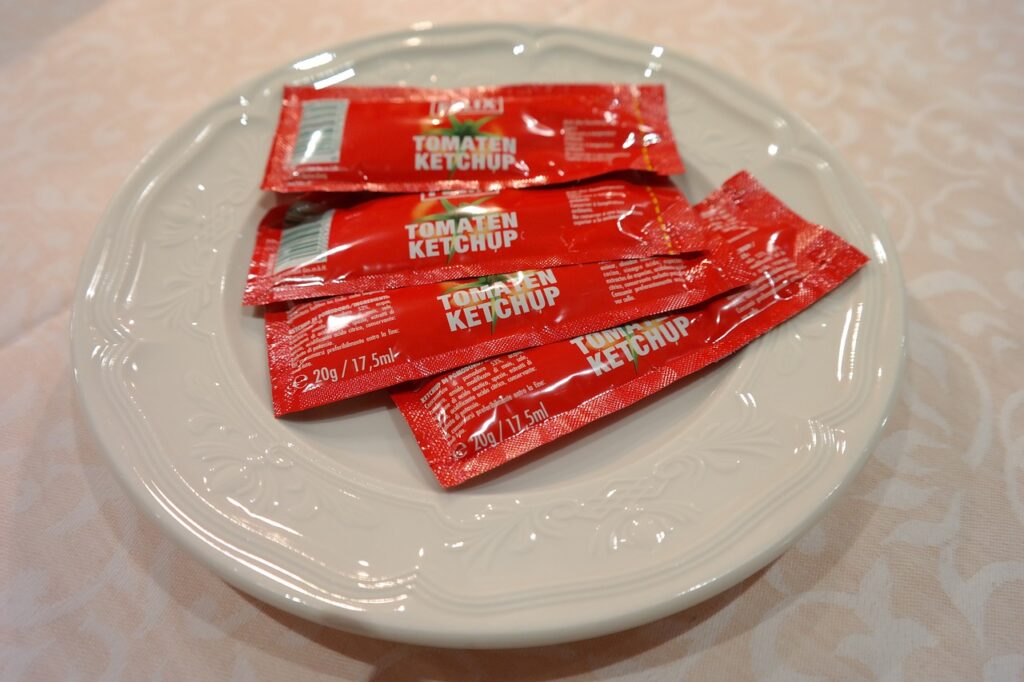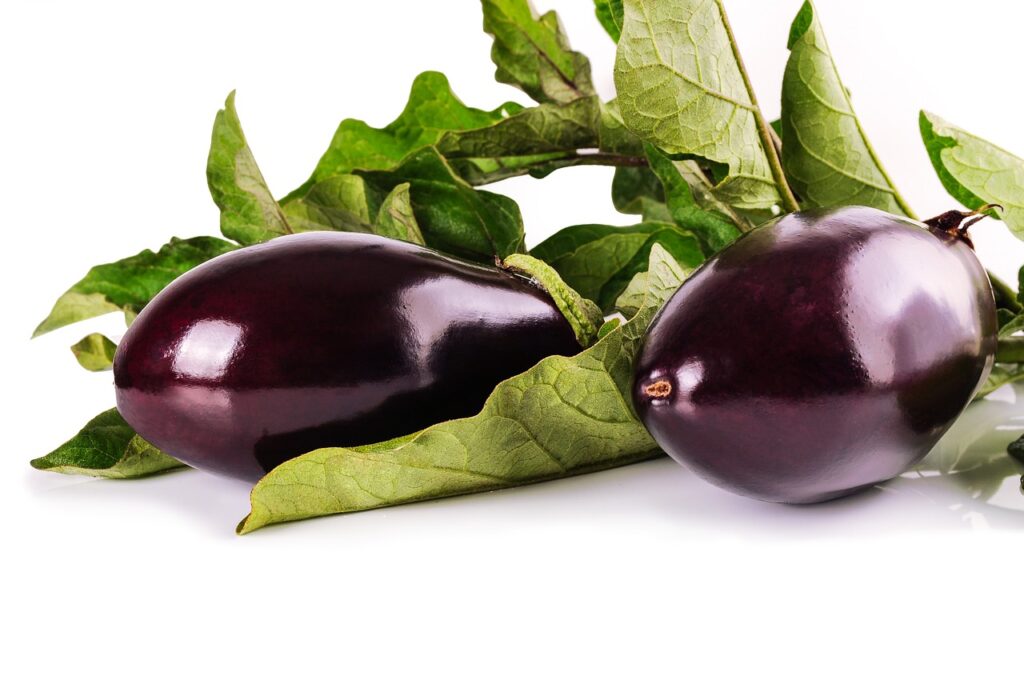Looking to add some variety to your keto diet? Well, have we got a treat for you!
In the world of high-protein meat alternatives, there are some true gems that can satisfy your cravings while keeping you in ketosis.
Picture this: a plate stacked with mouthwatering options that are not only delicious but also packed with protein.
But what are these alternatives, you may ask? Stay tuned, because we are about to reveal the top 6 contenders that will leave you begging for more.
Tempeh

Tempeh, a fermented soybean product, is a versatile and nutrient-rich meat alternative that can be enjoyed on a high-protein keto diet. Not only is tempeh packed with protein, but it's also low in carbohydrates, making it an excellent choice for those following a keto lifestyle.
Apart from being a great source of plant-based protein, tempeh offers various health benefits.
One of the health benefits of tempeh is its ability to support heart health. Tempeh is rich in isoflavones, a type of plant compound that has been linked to a reduced risk of heart disease. Additionally, tempeh contains dietary fiber, which can help lower cholesterol levels and improve cardiovascular health.
Tempeh is also known for its probiotic properties. During the fermentation process, beneficial bacteria, such as Bifidobacterium, are produced. These bacteria can help support a healthy gut microbiome, aiding in digestion and promoting overall gut health.
Incorporating tempeh into your keto diet is easy and delicious. There are numerous tempeh recipes available, ranging from stir-fries to salads and even burgers. Experiment with different flavors and seasonings to create a variety of tasty and satisfying meals.
Seitan
Seitan, a popular meat alternative, is a high-protein option that can be incorporated into a keto diet. Made from wheat gluten, seitan has a chewy texture and a savory taste that resembles meat. It's an excellent source of protein, containing about 25 grams of protein per 3-ounce serving. This makes it a great choice for those following a high-protein keto diet.
When it comes to cooking with seitan, there are numerous recipes available that can satisfy your meat cravings. You can use seitan as a substitute for chicken or beef in stir-fries, stews, and even sandwiches. Its versatility allows you to experiment with different flavors and spices to create delicious and satisfying meals.
A comparison between seitan and tofu shows that seitan is higher in protein and lower in carbohydrates. While tofu is also a popular meat alternative, it contains more carbohydrates and less protein than seitan. Therefore, if you're looking to increase your protein intake while following a keto diet, seitan is a better choice.
Tofu

Tofu is a versatile and popular meat alternative that can be incorporated into a high-protein keto diet. When it comes to cooking techniques for tofu, there are various methods you can use to enhance its taste and texture.
One popular technique is pressing tofu to remove excess moisture, which allows it to better absorb flavors during cooking. You can do this by placing the tofu between paper towels and applying gentle pressure for about 15-30 minutes.
Another technique is marinating tofu before cooking, which adds depth of flavor. You can marinate tofu in a mixture of soy sauce, vinegar, and spices for at least 30 minutes before grilling or sautéing it.
In addition to its versatility in the kitchen, tofu offers several health benefits. It's a great source of plant-based protein, providing all nine essential amino acids your body needs. Tofu is also low in calories and carbohydrates, making it suitable for a keto diet.
Furthermore, tofu is rich in minerals like calcium and iron, as well as antioxidants that help fight inflammation and oxidative stress. Incorporating tofu into your high-protein keto diet can help support muscle growth, promote satiety, and provide essential nutrients.
Edamame
Edamame is a high-protein keto meat alternative that offers numerous nutritional benefits. Not only is edamame rich in protein, but it also contains essential amino acids, fiber, and various vitamins and minerals.
When it comes to cooking methods, you can enjoy edamame by boiling, steaming, or even roasting it.
Incorporating edamame into your keto recipes can add a delicious and nutritious twist to your meals.
Nutritional Benefits of Edamame
With its impressive nutritional profile, edamame offers a wide range of health benefits. Edamame is rich in protein, fiber, and essential vitamins and minerals. This green soybean is a great source of plant-based protein, making it an excellent meat alternative for those following a high-protein keto diet. Edamame is also low in carbohydrates and contains healthy fats, making it a suitable option for those looking to maintain ketosis.
Additionally, edamame is packed with antioxidants, which help protect the body against oxidative stress and reduce the risk of chronic diseases. To reap the full benefits of edamame, it's best to cook it by boiling or steaming. These cooking techniques help retain its nutritional value and enhance its natural flavors.
Incorporating edamame into your diet can contribute to improved overall health and well-being.
Cooking Methods for Edamame
To fully enjoy the nutritional benefits of edamame, it's important to know the most effective cooking methods for this versatile green soybean. When it comes to cooking edamame, two popular methods are using an air fryer and stir frying techniques.
Using an air fryer is a convenient way to cook edamame. Simply toss the pods in a little oil and seasonings, then air fry for about 10 minutes at 400°F. This method gives the edamame a crispy texture while preserving its natural flavors.
Stir frying is another great option for cooking edamame. Heat a little oil in a pan, add the edamame and stir fry for a few minutes until they become tender and slightly charred. Stir frying allows the edamame to retain its vibrant green color and gives it a delicious smoky flavor.
Both the air fryer and stir frying techniques are quick and easy ways to cook edamame, ensuring that you get the most out of this nutritious soybean.
Incorporating Edamame Into Keto Recipes
One way to incorporate this nutritious soybean into your keto recipes is by exploring creative cooking techniques. Edamame, which is rich in protein and low in carbohydrates, can be a versatile ingredient in your keto meals.
It can be used as a substitute for meat in various dishes, such as stir-fries, salads, and soups. For a quick and easy recipe, you can sauté edamame with garlic, olive oil, and your choice of seasonings.
Another option is to blend cooked edamame with herbs and spices to make a delicious edamame dip. When incorporating edamame into your keto recipes, you not only benefit from its high protein content but also from its health benefits, including improved heart health, reduced inflammation, and better digestion.
Lentils
Lentils, a versatile legume rich in protein, offer a nutritious and delicious alternative to meat in a high-protein keto diet. Lentils are a great addition to your keto meals, as they not only provide a good amount of protein but also offer a variety of essential nutrients. When it comes to lentil nutrition, these legumes are packed with fiber, iron, folate, and potassium. They're also low in fat and cholesterol-free, making them a heart-healthy choice.
Incorporating lentils into your keto diet is easy with a wide range of delicious lentil recipes available. You can enjoy lentil soups, salads, and stews, or even use them as a substitute for meat in dishes like lentil meatballs or lentil tacos. Lentils can also be sprouted and used in salads or blended into a smoothie for an added nutritional boost.
Not only are lentils a great source of protein, but they're also low in carbohydrates, making them suitable for a high-protein keto diet. They provide a slow and steady release of energy, helping you feel full and satisfied for longer periods. So, if you're looking for a meat alternative that's both nutritious and tasty, lentils are a fantastic option to consider.
Hemp Seeds

Let's talk about the nutritional benefits and cooking and preparation methods for hemp seeds.
Hemp seeds are a great source of plant-based protein, containing all nine essential amino acids. They're also rich in omega-3 and omega-6 fatty acids, which are important for brain health and reducing inflammation.
When it comes to cooking, you can enjoy hemp seeds raw, toasted, or as an ingredient in various recipes like smoothies, salads, or baked goods.
Nutritional Benefits
Hemp seeds offer a myriad of nutritional benefits, making them an excellent addition to a high-protein keto diet. These tiny seeds are packed with protein, containing all nine essential amino acids. Just three tablespoons of hemp seeds provide about 10 grams of protein.
They're also rich in healthy fats, particularly omega-3 and omega-6 fatty acids, which are crucial for brain health and reducing inflammation in the body. Additionally, hemp seeds are a good source of fiber, aiding in digestion and promoting feelings of fullness. They're also a good source of vitamins and minerals, including vitamin E, magnesium, and zinc.
Incorporating hemp seeds into your meals is easy – sprinkle them on salads, add them to smoothies, or use them as a topping for yogurt or cereal. With their numerous health benefits and versatile cooking techniques, hemp seeds are a fantastic addition to a high-protein keto diet.
Cooking and Preparation
To incorporate the nutritional benefits of hemp seeds into your high-protein keto diet, there are various cooking and preparation methods that you can explore. Hemp seeds can be a versatile addition to your meals, offering a nutty flavor and a crunchy texture.
Here are three cooking techniques and flavor pairings to enhance your hemp seed dishes:
- Toasting: Toasting hemp seeds in a dry skillet over medium heat can bring out their natural nutty flavor. Add them to salads, yogurt, or sprinkle them over roasted vegetables for an extra crunch.
- Grinding: Grinding hemp seeds into a fine powder can create a nutritious and protein-packed flour substitute. Use it in baking recipes or as a thickening agent in sauces and dressings.
- Blending: Blend hemp seeds with water to create a creamy and dairy-free hemp milk. Use it as a base for smoothies, pour it over cereal, or enjoy it on its own.
Conclusion
In conclusion, these high-protein keto meat alternatives provide a delicious and nutritious option for those following a ketogenic diet. Whether it's the nutty flavor of tempeh, the meat-like texture of seitan, or the versatility of tofu, there are plenty of options to satisfy your cravings.
So why wait? Take the plunge and explore these plant-based alternatives that will leave you feeling satisfied and energized. Don't miss the boat on improving your health and embracing a meat-free lifestyle – the proof is in the pudding!







